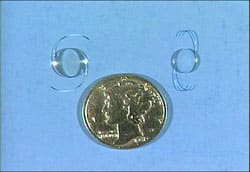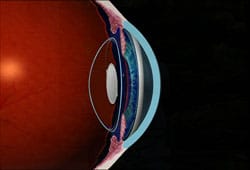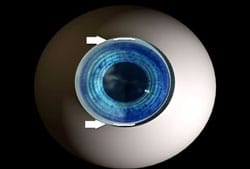Over fifty percent of people over the age of 60, and quite a few younger than that, suffer from cataracts. Currently there is no medical treatment to reverse or prevent the development of cataracts. Once they form, the only way to see clearly again is to have them removed from within the eye. In your parents’ or grandparents’ day, cataract surgery was considered risky, required a lengthy hospital stay and was usually postponed for as long as possible. Today, cataract surgery is performed on an outpatient basis and takes only a few minutes. It is now one of the most common and successful medical procedures performed. In fact, following cataract surgery, many patients experience vision that is actually better than what they had before they developed cataracts.
Cataract Surgery Is For Those Who:
- believe that their quality of life has been impaired by poor vision
- have been diagnosed with cataracts
- have no health issues affecting their eyes
What To Expect On Surgery Day:
You will arrive at the surgery center about an hour prior to your procedure. Once you have been checked in you may be offered a sedative to help you relax. You will then be prepared for surgery. The area around your eyes will be cleaned and a sterile drape may be applied around your eye.

Eye drops or a local anesthetic will be used to numb your eyes. When your eye is completely numb, an eyelid holder will be placed between your eyelids to keep you from blinking during the procedure.
A very small incision will be made and a tiny ultrasonic probe will be used to break up the cataract into microscopic particles using high-energy sound waves. This is called phacoemulsification.
The cataract particles will be gently suctioned away. Then, a folded intra-ocular lens (IOL) will be inserted through the micro-incision, then unfolded and locked into permanent position. The small incision is “self-sealing” and usually requires no stitches. It remains tightly closed by the natural outward pressure within the eye. This type of incision heals fast and provides a much more comfortable recuperation.

Your eye will be completely numbed before the procedure.

Intra-Ocular Lens replaces the natural lens of the eye.

The IOL is placed inside the capsular bag of the eye.
If your eye has pre-existing astigmatism, your surgeon may elect to make micro-incisions in the cornea to reduce your astigmatism. These are called LRIs or limbal relaxing incisions.

Pre-existing astigmatism can be treated with limbal relaxing incisions.
You will go home soon after the surgery and relax for the rest of the day. Everyone heals somewhat differently, but many patients report improvement in their vision almost immediately after the procedure. Most patients return to their normal activities within a day or two.



